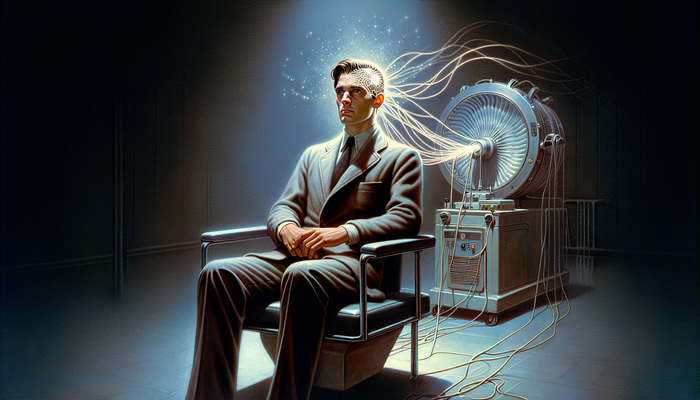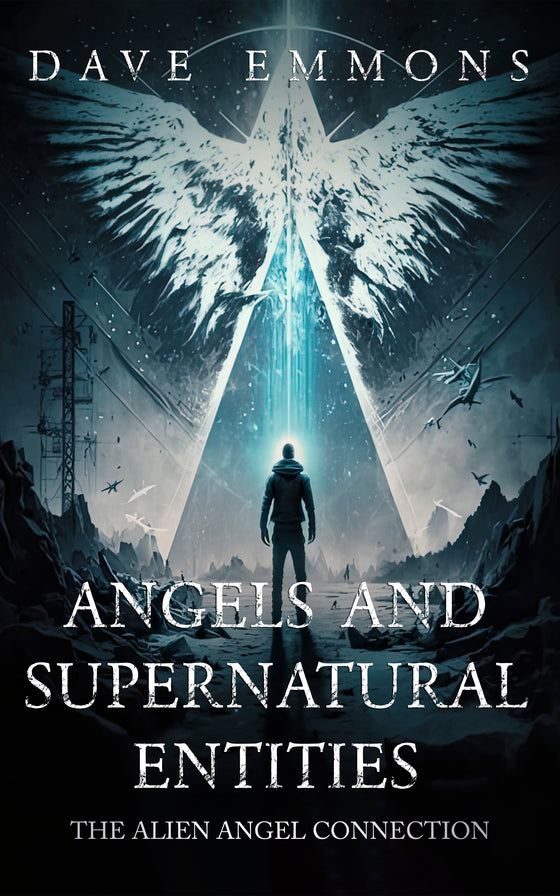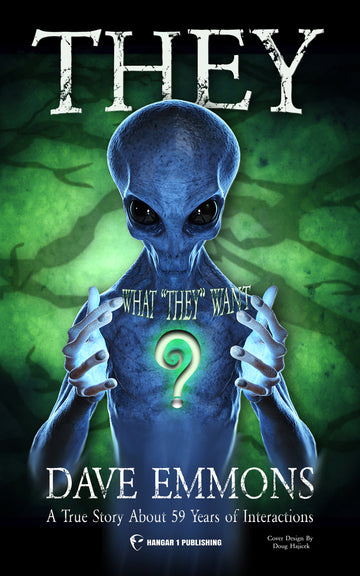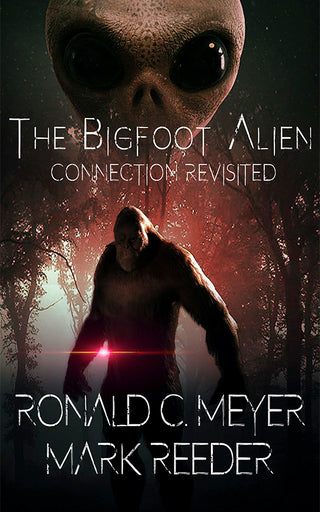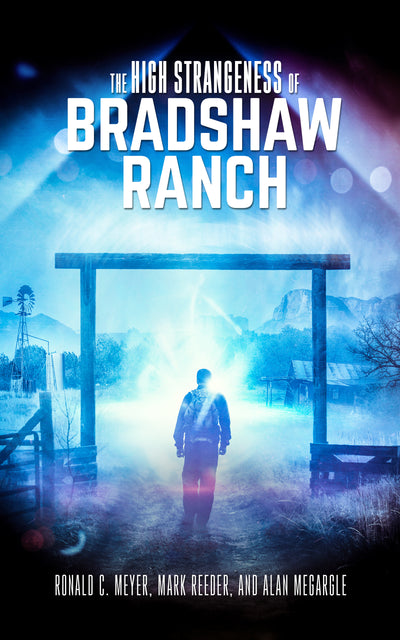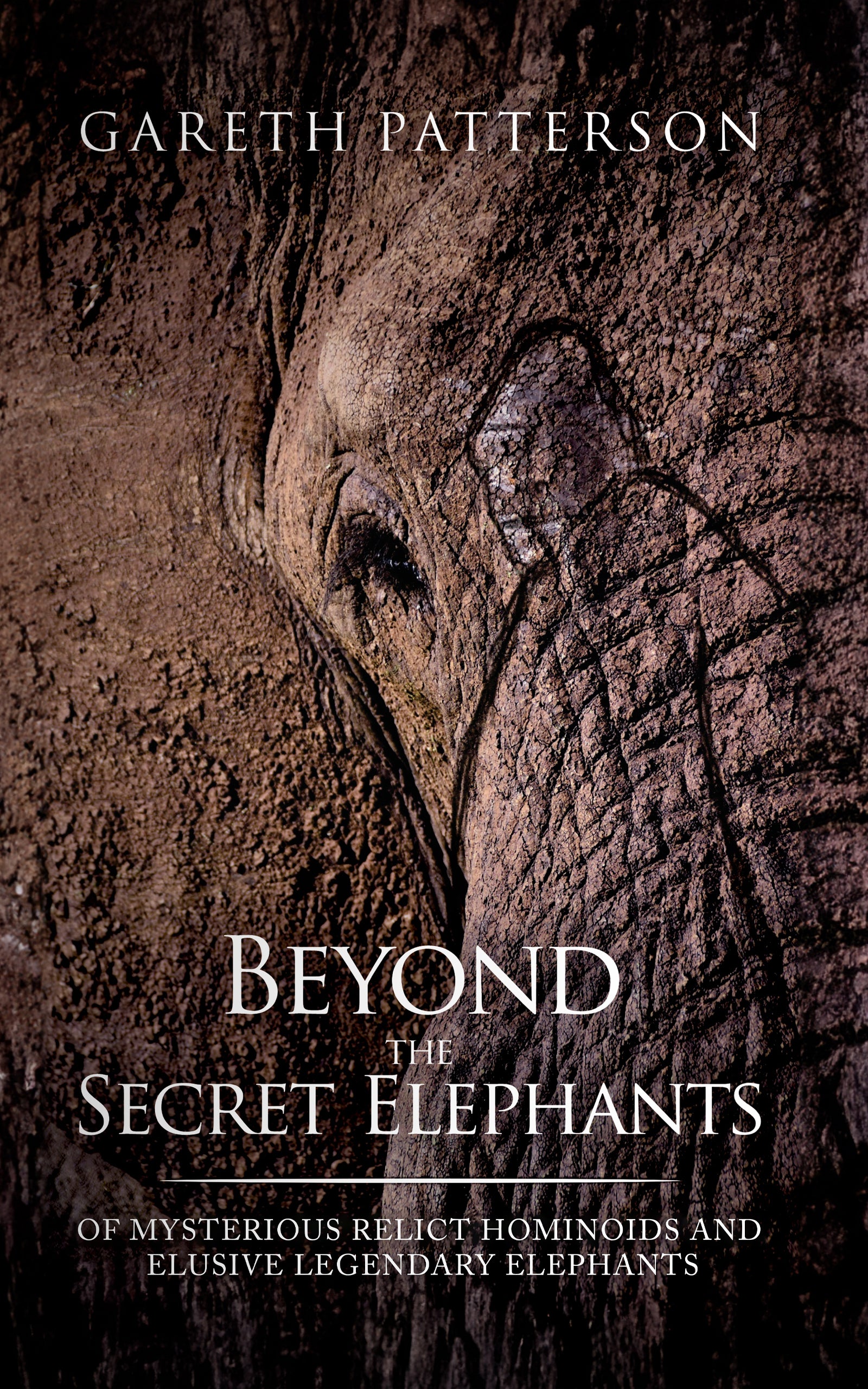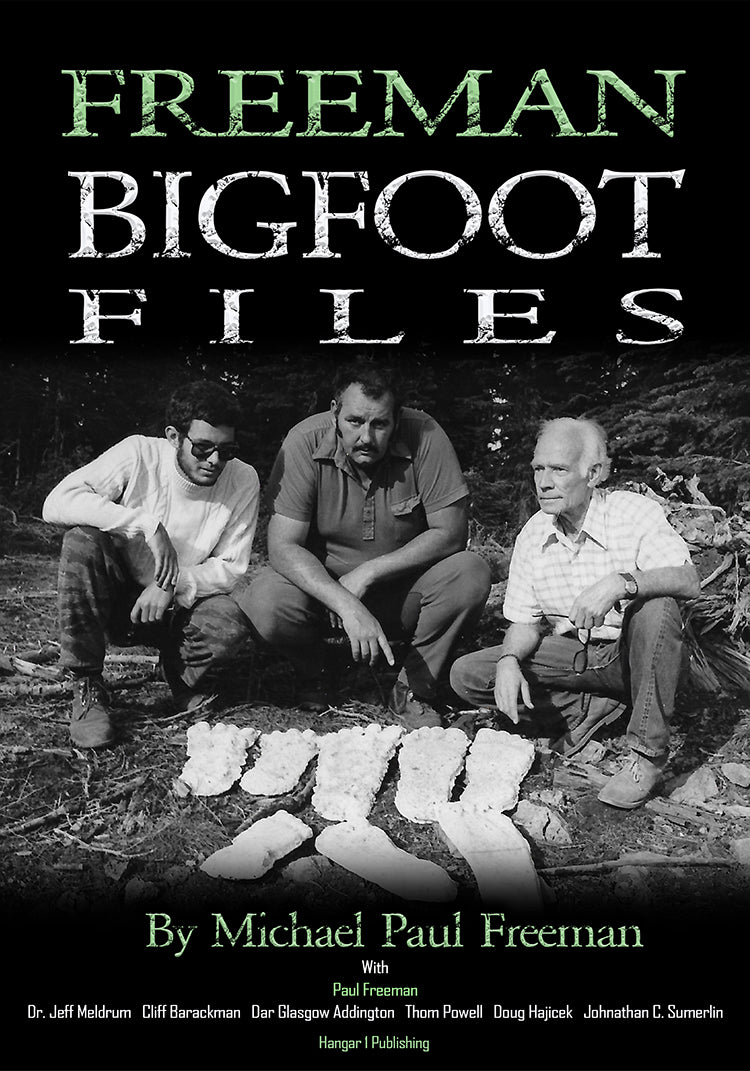Marfa Lights: What 140 Years of Data Reveals About Texas's Greatest Mystery

By Malcolm Blackwood, Ufologist
The Gold Standard Anomaly Nobody Can Explain
I've spent three decades analyzing government documents and filing FOIA requests related to unexplained phenomena. Most cases collapse under scrutiny. But every researcher has that one file they keep coming back to, and for me, it's the June 3, 2005 event near Marfa, Texas.
Two automated camera stations tracked a luminous object for over three hours. Using stellar triangulation, investigators placed it on the ground 28 kilometers away in a remote area with no roads. The object radiated an estimated 9.5 to 10 kilowatts of optical power, bright enough to illuminate the underside of clouds. During thunderstorms. In the middle of nowhere.
They systematically ruled out power-line arcs, combustion, and artificial sources. The peer-reviewed analysis, published in Journal of Atmospheric and Solar-Terrestrial Physics, left the case open. This wasn't anecdotal testimony or grainy footage. This was instrumented data from multiple stations with precise timestamps and triangulated coordinates.
That single event justifies everything I'm about to tell you about the Marfa Lights phenomenon.
What Makes This Different From Every Other "Mystery Light" Story
The Marfa Lights have attracted attention since cowhand Robert Reed Ellison first documented them in 1883 while driving cattle through Paisano Pass. He saw flickering lights and wondered if they were Apache campfires. Other settlers told him they'd seen the same thing, but investigations found no campfire remains.
I don't care about ghost stories. What got my attention was the paper trail. We have university studies with spectroscopy equipment. We have automated monitoring networks running for years. We have traffic data, weather records, and geological surveys. The kind of documentation that lets you actually test hypotheses instead of trading stories.
Most reported sightings are basketball-sized spheres of light appearing above the desert vegetation but below the distant mesas. Colors range from white and yellow to orange, red, and occasionally blue or green. Witnesses describe them hovering, darting, pulsating, splitting apart, or merging.
The viewing area sits on U.S. Highway 90, about 9 miles east of Marfa, maintained by the Texas Department of Transportation. Coordinates: 30.2756° N, 103.8829° W, elevation 4,764 feet. From there, you look south and southwest across Mitchell Flat toward the Chinati Mountains. Your line of sight crosses segments of U.S. Highway 67, which runs south from Marfa to Presidio.
That last detail turns out to be critical.
The Headlight Problem: What the University Studies Actually Found
In May 2004, a team from the University of Texas at Dallas Society of Physics Students spent four days at the site. They deployed traffic counters, video cameras, binoculars, and chase cars. Their methodology was straightforward: correlate lights seen from the viewing park with traffic on Highway 67.
The results were unambiguous. The frequency of lights matched traffic volume. The lights' motion followed the highway's path. When a team vehicle flashed its headlights on Highway 67, observers at the viewing park saw a "Marfa Light." A car passing another vehicle appeared as one light passing another.
Their conclusion: 100% of observed lights over four nights could be attributed to car headlights.
Four years later, Texas State University ran a more sophisticated 20-night investigation. Dr. Karl D. Stephan's team used a Schmidt-Cassegrain telescope coupled with a CCD-array spectrometer. Their innovation was using the atmospheric oxygen absorption band around 760 nm to calculate distance to any light source. This method proved accurate within ±6% for sources over 4 kilometers away.
Every light bright enough to produce a usable spectrum was identified as either a vehicle headlight or a small biomass fire. The authors stressed their findings only set an upper bound on the frequency of genuine anomalies. A much longer effort would be needed to capture a truly unusual event.
Critics have legitimate concerns about both studies. Four days and twenty nights are short observation windows for a phenomenon that reportedly appears less than once or twice per month. Both teams focused primarily on the direction of Highway 67. Rare events in other directions might have been missed entirely.
The Physics: How Desert Air Creates Illusions
The headlight-mirage hypothesis rests on solid atmospheric physics. Clear nights in the West Texas desert lead to rapid ground cooling, creating a temperature inversion: cold, dense air near the surface with warmer, less dense air above. Daily temperature swings of 40-50°F are common at Marfa's 4,688-foot elevation.
Light from a distant car travels through this inversion. The sharp change in air density bends the light rays downward, allowing them to travel over the curve of the Earth. This makes headlights appear to float in the air, higher than their actual position. Turbulence within the inversion layer causes shimmering and scintillation.
More complex inversions create a Fata Morgana, a type of superior mirage that can stretch, compress, and create multiple stacked images. This explains reports of lights splitting, merging, or changing shape.
The science is sound. The correlations are strong. For most sightings from the official viewing area, the case is closed.
Most sightings.
The Long View: What Ten Years of Automated Monitoring Found
Retired aerospace engineer James Bunnell took a different approach. Starting in 2000, he deployed a network of up to 10 automated, wide-spectrum monitoring stations around Mitchell Flat. These stations recorded continuously, capturing data regardless of whether humans were present.
From November 2000 to May 2008, Bunnell's network logged approximately 40 incidents classified as genuine Marfa Lights occurring on just 25 nights. That's 0.9% of monitored nights, averaging about 9.5 sightings per year.
His criteria for a genuine ML: movements inconsistent with vehicles, such as moving against the wind, sudden directional changes, and dropping glowing debris. His data, detailed in Strange Lights in West Texas, provides the counterpoint to the short-term university studies.
Bunnell's leading hypothesis involves geophysical phenomena. The Marfa region's geology is rich in quartz-bearing igneous rocks, particularly within the Davis Mountains and the Chinati Mountains caldera complex. The area is transected by numerous faults related to the Basin and Range province, subject to tectonic strain.
The theory: immense pressure on quartz-rich rocks from seismic strain generates electrical charge through the piezoelectric effect. This charge could discharge into the atmosphere, ionizing air and creating luminous plasma. The model is consistent with lights appearing near the ground and could explain erratic movements and high energy output in rare cases.
It's speculative but testable. You'd need magnetometers and VLF receivers co-located with optical instruments to detect electromagnetic signatures accompanying the lights. That brings me back to the 2005 event.
Breaking Down the EBLO: When the Data Gets Strange
The "Extremely Bright Luminous Object" documented on June 3, 2005, stands apart from typical sightings. Two of Bunnell's automated stations captured it simultaneously, allowing for triangulation. The analysis was published in 2011 by Stephan, Bunnell, and collaborators.
Key characteristics:
- Duration: Over 3 hours of continuous light emission
- Power output: Peak of 9.5-10 kW visible-wavelength optical power
- Location: Triangulated to ground level, approximately 28 km from the farthest station, in a remote area with no roads
- Movement: During the final hour, the object moved laterally by approximately 150 meters
- Context: Appeared during intense thunderstorms, with genesis correlating to three cloud-to-ground lightning strokes recorded by the National Lightning Detection Network
The investigators systematically tested conventional explanations:
Artificial source: Deemed highly improbable. Sustaining 10 kW of optical power for three hours in a remote, stormy location with no infrastructure requires either a massive battery bank or a generator. No evidence of either. The local ranch manager confirmed no fires or activity in that area.
Power-line arc: Unlikely based on the object's gradual brightening, three-hour stability without blowing a fuse, and lateral movement. Power-line arcs are typically erratic and short-lived.
Combustion: Ruled out by the required fuel volume and the object's behavior. A fire bright enough to radiate 10 kW visible light would require substantial fuel and leave evidence.
What's left? The authors suggest ball lightning or other plasma-based phenomena as plausible candidates. Ball lightning is poorly understood, rarely captured instrumentally, and lacks a complete theoretical model. But its characteristics, particularly association with thunderstorms and unusual energy densities, align with the EBLO observations.
This case isn't proof of anything exotic. It's proof that something genuinely unexplained was captured on instruments, triangulated, and documented in peer-reviewed literature. That's rare in this field.
The Human Factor: Why Your Eyes Will Lie to You
Before anyone rushes out to the viewing area, we need to talk about perceptual bias. The conditions at Mitchell Flat create a perfect environment for visual illusions. Dark, featureless landscape. Distant, ambiguous points of light. Your brain desperately trying to make sense of minimal input.
The most powerful illusion is autokinesis. A stationary point of light viewed against a dark background will appear to move after 8-10 seconds of staring. This is due to the brain's lack of a stable reference frame. The FAA warns pilots about this during night flight training.
Size-distance ambiguity is another problem. In low light, the brain loses most cues for judging distance. The perceived size of an object becomes conflated with its perceived distance. A distant, bright light might be misinterpreted as a closer, smaller orb. A light that brightens may be perceived as approaching.
Social contagion amplifies these effects. In a group setting, one excited observer's interpretation can prime others to see the same thing. This is especially powerful at the Marfa Lights Viewing Area, where expectation is high and suggestion is strong.
To conduct credible observations, you need protocols that mitigate these biases:
- Place fixed reference lights in the foreground to anchor perception
- Never stare at a single light for more than a few seconds
- Use systematic scanning patterns, periodically returning to reference points
- Deploy multiple independent observers with separate logs
- Record objective data: time, azimuth, altitude, color, brightness compared to stars
- Triangulate from multiple locations whenever possible
Without these precautions, most visual reports are worthless for analysis.
The Economic Paradox: A $700,000 Industry Built on 1% Odds
Marfa draws about 45,000 tourists annually, with the Lights as a major attraction. The city budgets to receive $700,000 in Hotel Occupancy Tax revenue, much of it driven by mystery-seekers.
These funds support tourism promotion, the annual Marfa Lights Festival, arts organizations, and historic preservation. The festival alone has received thousands in direct funding. The official viewing area, maintained by TxDOT, serves as the focal point for this tourism economy.
Here's the paradox: instrumented studies suggest the probability of witnessing a genuine anomalous light on any given night is less than 1%. Most visitors see car headlights distorted by atmospheric effects, if they see anything at all. But the mystery persists, and the tourism dollars keep flowing.
I don't fault Marfa for capitalizing on this. They've been transparent about what observers actually see. The viewing area includes informational plaques explaining the phenomenon and the scientific investigations. That's more honest than most "mystery spot" tourist traps.
The economic reliance creates tension between preserving mystery and pursuing scientific answers. A definitive explanation could theoretically deflate the mystique. But I'd argue the opposite: the documented instrumented anomalies are more interesting than vague folklore. The 2005 EBLO alone is a better story than any ghost light legend.
Media Narratives: From Ghost Lights to Plasma Physics
Public perception and scientific focus have evolved with media coverage. The July 1957 Coronet magazine article titled "The Mystery of the Texas Ghost Light" framed the phenomenon as paranormal, cementing its place in folklore.
Folklorist Elton Miles further popularized them in his 1976 book Tales of the Big Bend, compiling 19th-century stories. A 1989 Unsolved Mysteries segment brought national attention, emphasizing the supernatural angle.
The 2000s saw a shift toward scientific skepticism. The UT-Dallas and Texas State studies gained prominence, with media coverage emphasizing the headlight explanation. A 2006 Texas Monthly article highlighted the tourism angle, treating the lights more as cultural phenomenon than mystery.
We're now entering a third phase. The broader UAP discussion has shifted toward credible, data-driven inquiry. The 2005 EBLO fits this narrative: instrumented data, peer review, unexplained characteristics. The lights are being reframed not as ghosts or simple mirages, but as potential plasma physics or atmospheric phenomena worth serious study.
I prefer this framing. It acknowledges conventional explanations for most sightings while keeping the door open for rare, genuinely anomalous events. That's the approach that leads to answers.
Field Protocol 2024: How to Do This Right
Anyone can visit the viewing area. Conducting research that might actually contribute to understanding requires more.
The regulatory environment has changed. FAA Part 107 governs drone operations. For night flights, you need specific pilot training and anti-collision lights visible for at least 3 statute miles. Part 89 requires most drones to have Remote ID, mandatory since 2023. Federal law 18 U.S.C. §39A imposes severe penalties for aiming lasers at aircraft.
Before deploying any equipment:
- Check airspace classification around Marfa Municipal Airport (KMRF)
- Obtain written permission for operations on private property
- Coordinate with Presidio County Sheriff's Office and Marfa PD
- Never aim lasers or high-intensity lights toward roads or occupied vehicles
- Use LAANC for airspace authorization if required
A credible multi-instrument network can be deployed at three budget tiers:
Tier 1 (DIY Observer): ~$3,000
- Two low-light cameras with Sony IMX462 sensors
- Two GPS timing units for precise synchronization
- Transmission grating for basic spectroscopy
- Laptop with open-source software
This enables basic triangulation and low-resolution spectroscopy to distinguish thermal sources from emission-line sources.
Tier 2 (Prosumer Station): ~$15,000
- Add radiometric thermal camera (FLIR Boson)
- Calibrated photometer
- VLF antenna and receiver
- Infrasound sensor
This adds thermal signature detection, quantitative brightness measurement, and electromagnetic correlation capability.
Tier 3 (Research-Grade Node): $60,000+
- High-resolution fiber-fed spectrometer
- Fluxgate magnetometer
- Imaging polarimeter
- All-sky camera
- Ruggedized edge computer with solar/battery system
This enables chemical analysis, magnetic anomaly detection, polarization measurement, and autonomous continuous operation.
Three or more synchronized stations with baselines of 5-20 km would definitively separate distant headlights from local phenomena. That's what's needed to capture the next EBLO-class event.
What the Data Actually Tells Us
After reviewing all available research, here's what we know:
The majority of lights seen from the official viewing area are car headlights on Highway 67, distorted by atmospheric mirages. This is supported by spectroscopic analysis, traffic correlation, and controlled experiments. The physics is well understood. This explains most public sightings.
A small percentage of instrumented observations cannot be explained by the headlight hypothesis. James Bunnell's decade-long monitoring captured approximately 40 events over 750+ nights that showed characteristics inconsistent with vehicle lights. These include movements against wind, rapid directional changes, and behaviors incompatible with mirage effects.
The June 3, 2005 EBLO remains the strongest documented case of a genuinely anomalous phenomenon. Multiple stations triangulated it to a remote location. It radiated 10 kW of optical power for over three hours. Conventional explanations were systematically ruled out. The peer-reviewed analysis suggests ball lightning or exotic plasma phenomena as possibilities, but the case remains open.
The phenomenon is much rarer than folklore suggests. Based on long-term monitoring, genuine anomalous events occur less than 1% of the time. Casual visitors are unlikely to witness anything beyond headlights and mirages.
Better instrumentation is needed. Short-term studies from a single location miss rare events. Long-term, multi-station networks with diverse sensors (optical, thermal, electromagnetic, infrasound) are required to characterize the small percentage of unexplained cases.
This isn't a solved mystery. It's also not the paranormal enigma portrayed in popular media. The truth sits in that uncomfortable middle ground: mostly explained, but with documented outliers that resist conventional interpretation.
That's where the real work begins.
The Path Forward: Open Data and Collaboration
The greatest obstacle to progress isn't lack of sightings or equipment. It's fragmented, siloed research. Bunnell's data, the university studies, amateur observations, and modern UAP databases remain disconnected. Nobody's correlating events with traffic data from TxDOT, weather records from NOAA, or geomagnetic indices.
What's needed is a unified Marfa Lights Registry: a central, open-access repository using standardized formats. FITS for imagery with embedded metadata. CSV or JSON for sensor logs. BWF format for audio data. All contributions vetted for quality, not interpretation.
Integrate contextual data automatically: traffic counts, ADS-B flight data, satellite pass predictions, weather conditions, geomagnetic activity. Make it available to everyone, skeptics and believers alike.
This approach shifts the conversation from "what did you see" to "what does the data mean." That's how you move from speculation to science.
I've spent three decades chasing paper trails. Most mysteries collapse when you apply rigorous documentation and testing. The Marfa Lights don't collapse. They just get more specific. That 10-kilowatt, three-hour object on June 3, 2005, isn't going away.
Neither am I.
From Bigfoot to UFOs: Hangar 1 Publishing Has You Covered!
Explore Untold Stories: Venture into the world of UFOs, cryptids, Bigfoot, and beyond. Every story is a journey into the extraordinary.
Immersive Book Technology: Experience real videos, sights, and sounds within our books. Its not just reading; its an adventure.




